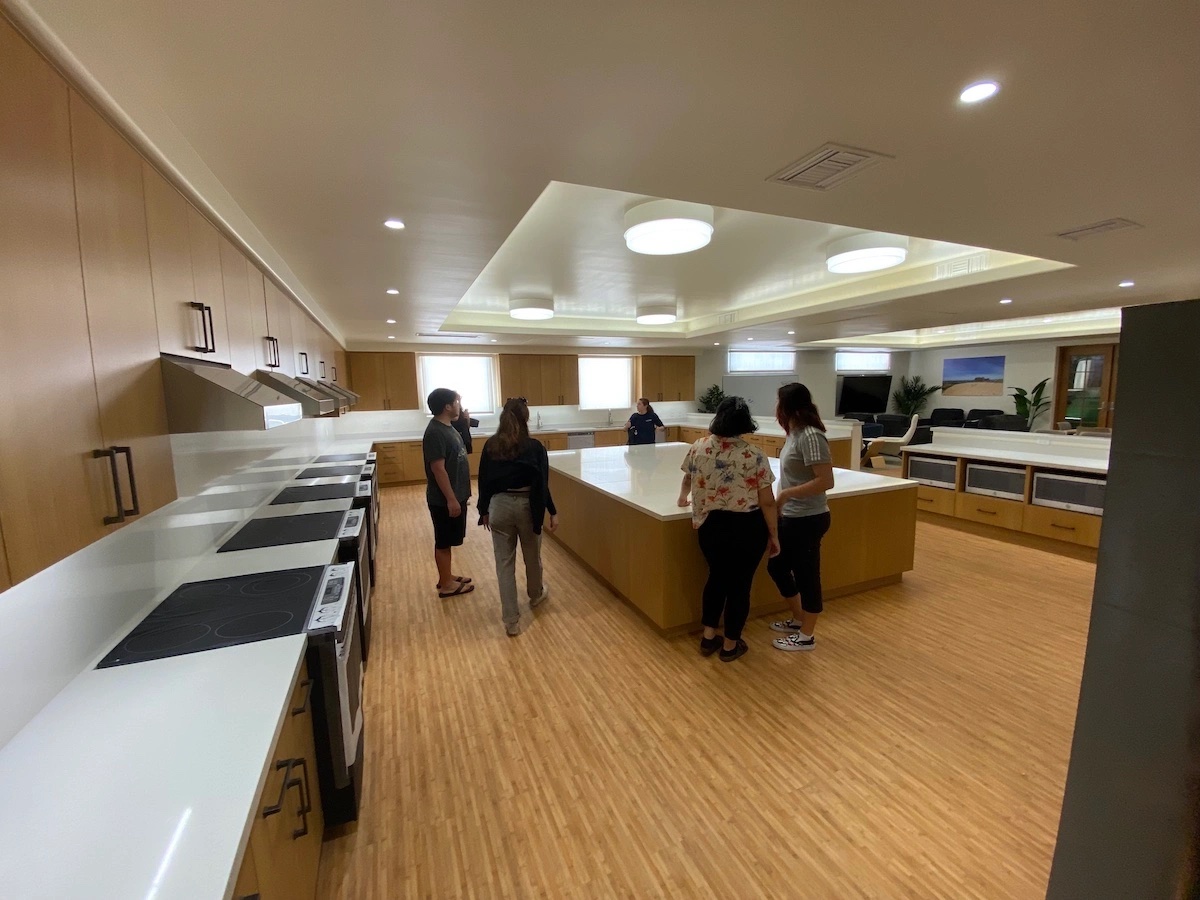A special review committee formulated by UC Santa Barbara’s Faculty Senate released a 200-page report scorching Chancellor Henry Yang’s plans to build a nine-story mega-dorm capable of housing 3,500 students. After five months of review, the panel concluded that Munger Hall — as currently proposed — posed “significant safety risks that are predictable enough, probable enough, and consequential enough that it would be unwise for UCSB to proceed without significant modification to the design.”
The panel expressed serious concerns about the mental-health consequences of packing so many students into such small rooms, most of which would have no windows, natural light, or fresh air. The panelists acknowledged the dire need for additional student housing that Munger Hall — named after campus benefactor, billionaire, and amateur architect Charles Munger, who designed the dorm — would address. They insisted, however, that the project needed to be changed in five key ways before it could be deemed acceptable:
- “Operable windows” needed to be added to each multi-bedroom suite, the panel stated, taking vehement exception with amateur architect Munger’s proposal to replace interior windows with electric facsimiles programmed to replicate the intensity, brightness, and warmth of natural light.
- They urged Yang and his architectural team to increase the size of each bedroom “to match or exceed” that of existing on-campus single bedrooms.
- They insisted he reduce the size and mass of the building.
- They also called for a reduction of the population density.
- And lastly, they insisted that every suite come equipped with cooking appliances and a kitchenette.
As proposed, Munger Hall would offer several large and sprawling kitchen areas — equipped with multiple stoves and refrigerators — where a multitude of students could congregate and cook at the same time. Based on survey responses from hundreds of students who toured the display model of a Munger Hall floor, the panel concluded Munger’s plans for cooking were impractical in the extreme. For starters, they found, it failed to address such basic issues such as “cleanliness, maintenance, and theft.”
The panel elaborated, “The entire burden of meal preparation would fall to the Convivial kitchens, which are shared by 63 House residents, and which the Panel, students, and staff overwhelmingly views unworkable due to mess, food theft, dish and cookware removal, crowding and social pressures. The burden of needing to prepare meals with insufficient or unworkable facilities would fall inequitably on residents of more modest financial means.”
As proposed now, the panel likened Munger Hall to a big city as opposed to a smaller town, “where residents recognize most other residents.” Placing so many students into so vast a space, the panel found, would not promote social connections and would leave residents feeling alone and anonymous. This, they suggested, would give rise to anti-social behavior.

Munger Hall has been the subject of intense community controversy almost since the day the plans — long kept secret — were unveiled. Munger, a generous donor to UCSB, had proposed donating $200 million to the campus for the construction of the dorm, but in exchange, he demanded the ability to call the shots when it came to fundamental design questions. When the plans were first unveiled, Munger Hall weighed in at 11 stories and 4,500 students.
In response to the community uproar — and national scorn and ridicule — the campus agreed to lop two stories off the top and reduce the maximum capacity down to 3,500.
For the campus, Munger Hall would satisfy agreements made by campus administrators years ago to provide 5,000 additional units of student housing by the end of next year. The City of Goleta has sued UCSB for failure to meet this obligation and the Santa Barbara County supervisors approved plans to file a similar legal action.
To date, 1,500 units of student housing are now on the campus’s drawing board. The Faculty Senate Panel conceded that with the changes proposed, the 3,500 goal could not be met. More likely, it would be 1,000 units less than that.
UCSB released a statement in response, thanking the panel for its hard work and highlighting the 1,000 hours of public outreach campus administrators have undertaken to get community feedback. “The project team is actively working with the architects to add additional windows in student suites where possible,” it said. Likewise, they are exploring ways to add additional ventilation shafts to every suite to allow for food preparation in the suites.
To the extent the panel’s recommendation will adversely impact the campus’s ability to meet the 3,500-unit goal, the statement read, it could affect UCSB’s ability to provide housing that’s 20-30 percent cheaper than market rates.
Find all of our Munger Dorm stories at independent.com/munger-dorm.
Support the Santa Barbara Independent through a long-term or a single contribution.





You must be logged in to post a comment.